
A parapet wall is more than just a stylish architectural feature—it serves multiple essential purposes in both residential and commercial construction. Whether you’re designing a new building or upgrading an existing structure, understanding what a parapet wall is and how it impacts aesthetics, safety, and roof performance is critical.
In this blog, we’ll explore the definition of a parapet wall, its types, benefits, drawbacks, and the associated construction costs. Let’s dive in.
🏢What Is a Parapet Wall?
A parapet wall is a low wall that extends above the roofline, terrace, balcony, or walkway of a building. It forms the upward extension of the wall at the edge of a roof, terrace, or platform. Historically, parapets were used as defensive structures in castles, but today they play vital roles in safety, drainage, fire protection, and appearance.
🧱Types of Parapet Walls
Depending on the structure’s function and design, come in different types of parapet walls:
-
Plain Parapet Wall – Simple vertical extension without ornamentation.
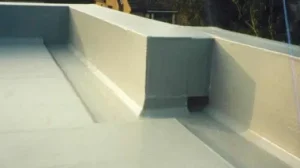
-
Perforated Parapet Wall – Decorative with cut-out designs for enhanced appearance.
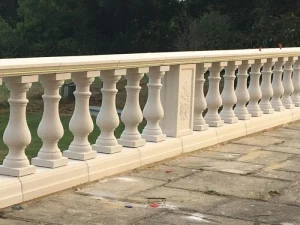
-
Paneled Parapet Wall – Includes panels for a stylized finish.
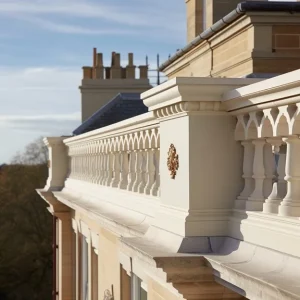
-
Embattled Parapet Wall – A notched wall often seen in historical or themed construction.
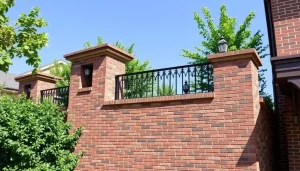
🏷️Benefits of a Parapet Wall
Adding a parapet wall to a roof or building provides several functional and visual benefits:
1. Safety Barrier: Parapet walls act as protective barriers that prevent people from falling off rooftops, balconies, or terraces, making them vital for multi-story buildings.
2. Improved Drainage: They help in redirecting water away from the roof, minimizing potential structure damage caused by pooling or water infiltration.
3. Wind Protection: In high-wind zones, parapet walls reduce wind pressure on the roof and improve building stability.
4. Fire Protection: In urban construction, parapets can slow the spread of fire from one structure to another by acting as a firewall.
5. Enhanced Aesthetics: Architects often use parapets to elevate the visual appeal of a building by hiding HVAC systems, rooftop equipment, or sloped roofs.
⚠️Pros and Cons of Parapet Walls
✅ Pros
-
Adds a layer of safety and security
-
Improves drainage systems on flat roofs
-
Increases wind resistance
-
Enhances building aesthetics
-
May boost property value due to visual appeal and added features
❌ Cons
-
Adds extra weight to the structure
-
Higher installation and maintenance costs
-
May require waterproofing to prevent seepage
-
Potential for water retention if not properly designed
💵How Much Does a Parapet Wall Cost?
The construction cost of a parapet wall depends on materials, height, thickness, design, and local labor rates.
Average Cost Breakdown:
-
Basic Concrete or Brick Parapet Wall: $30–$60 per linear foot
-
Decorative or Paneled Parapet Wall: $70–$120 per linear foot
-
Custom or High-End Materials (Stone, Metal): $120+ per linear foot
Note: Additional costs may apply for waterproofing, flashing, and structural bridge reinforcement.
🛠️Where Are Parapet Walls Commonly Used?
-
Commercial Buildings: Often used to conceal rooftop utilities and provide wind shielding.
-
Residential Homes: Found in modern or flat-roofed homes for safety and design.
-
Historical Structures: Embattled parapets are a hallmark of medieval and Gothic architecture.
-
Green Roofs & Terraces: Helps contain vegetation and soil while providing a safety barrier.
🏢Is a Parapet Wall Right for Your Building?
If your roof is flat or you’re aiming to boost the visual appeal and safety of your structure, a parapet wall is a practical and stylish solution. However, always consult with a structural steel engineer or reinforced concrete contractor to ensure the design supports your specific needs and local construction codes.
✨Final Thoughts
A parapet wall isn’t just a decorative flourish—it plays a vital role in modern construction, safety, and the long-term health of your roof and building. From improving aesthetics to preventing accidents and water damage, parapet walls offer several long-term benefits. However, the added construction cost and maintenance should be factored into your planning.
Whether you’re building from scratch or renovating, understanding the purpose and value of a parapet wall can help you make informed decisions that enhance both form and function.

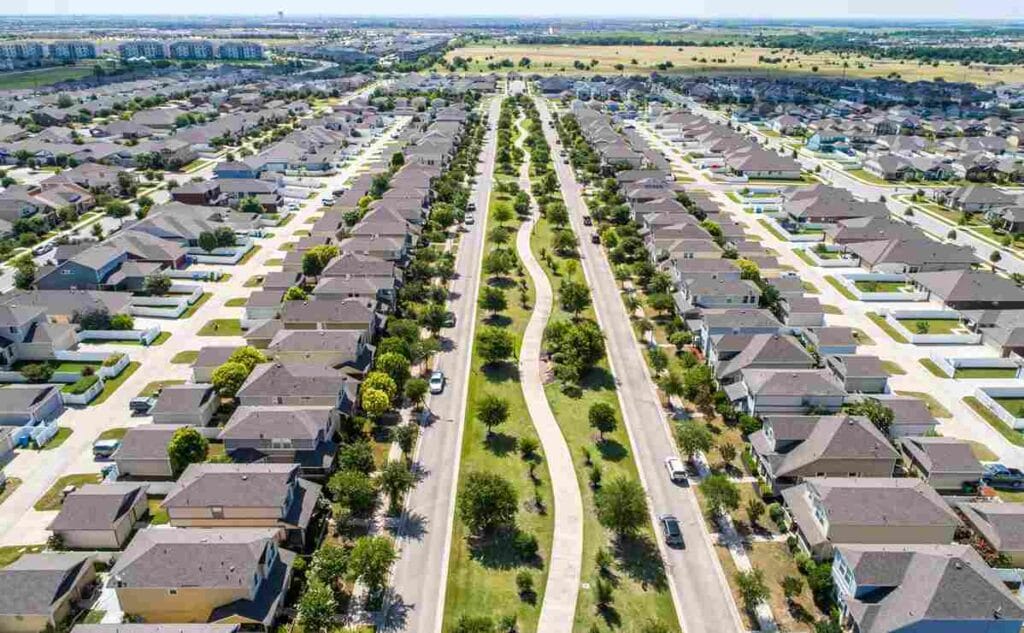
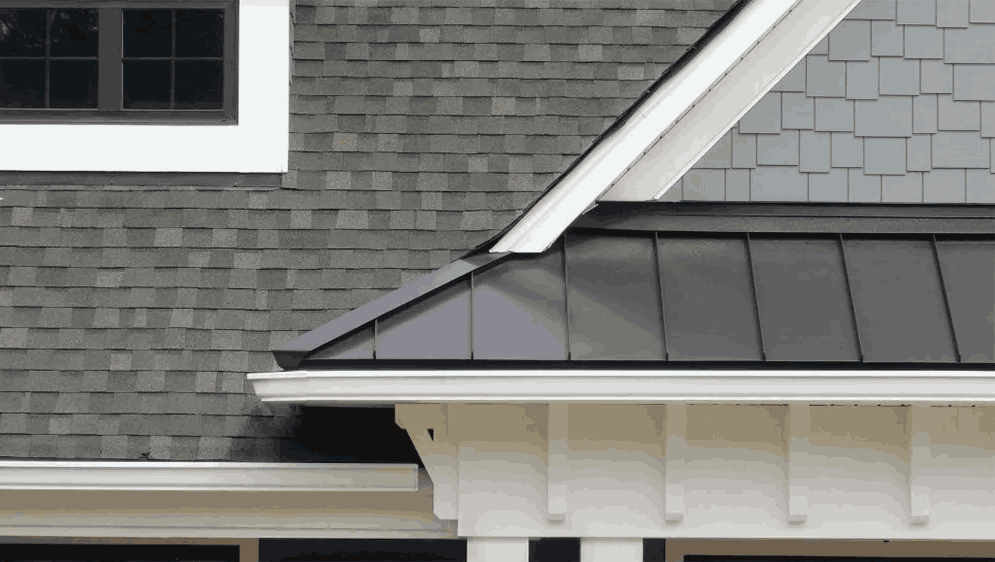


I’m deeply impressed by the extensive research and thoughtful analysis embedded throughout this article. The way you seamlessly integrate various pieces of information is quite impressive. Truly a well-crafted and authoritative piece.
I truly appreciate your technique of writing a blog. I added it to my bookmark site list and will
I really like reading through a post that can make men and women think. Also, thank you for allowing me to comment!
Good post! We will be linking to this particularly great post on our site. Keep up the great writing